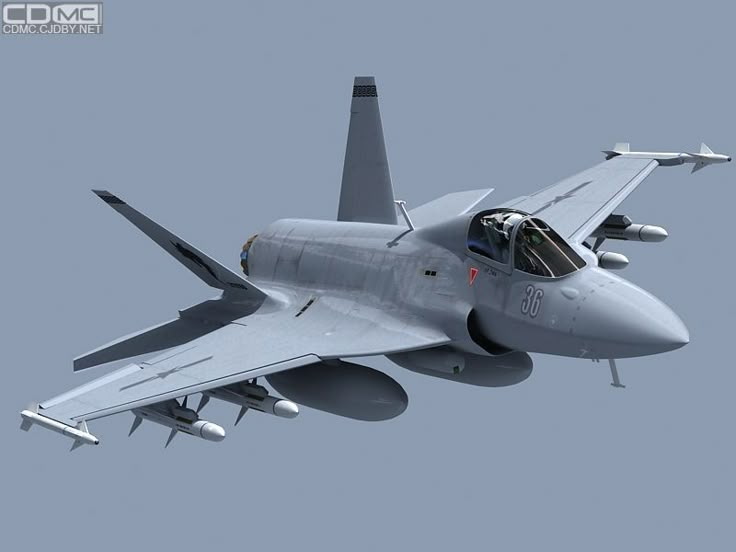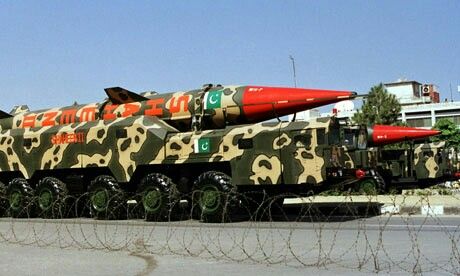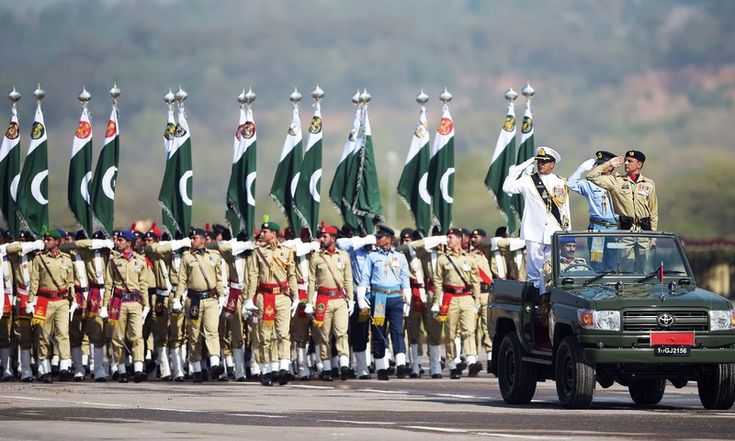The Haider Main Battle Tank, which was introduced in March 2024, is a major advancement in Pakistan’s armored force. The Haider, developed jointly by Heavy Industries Taxila and China’s Norinco, is a variant of the Chinese VT-4 platform. It is mounted with a 125mm smoothbore gun that comes with sophisticated fire control systems such as thermal imaging sights and laser rangefinders, making it more accurate and efficient on the battlefield. The composite armor of the tank, backed by Explosive Reactive Armor (ERA), offers good protection against multiple threats.
✈️ Air Power: JF-17 Thunder and Shahpar-III UCAV

The Pakistan Air Force continues to strengthen its air capabilities with the JF-17 Thunder, a multirole fighter developed in collaboration with China. The new Block 3 variant features improved avionics, such as an Active Electronically Scanned Array (AESA) radar, and upgraded weapon systems. The aircraft is a cost-efficient option compared to pricier fighters, finding a balance between performance and affordability.
To supplement manned aircraft, the Shahpar-III Unmanned Combat Aerial Vehicle (UCAV) is Pakistan’s advancement in drone technology. The Shahpar-III is intended for Intelligence, Surveillance, Target Acquisition, and Reconnaissance (ISTAR) operations and has a medium-altitude, long-endurance design, with precision strike capabilities and real-time intelligence gathering
🚀 Missile Arsenal: Taimoor and Babur Systems
Pakistan’s missile program has experienced significant development with the addition of the Taimoor air-launched cruise missile. The Air Weapons Complex has developed the Taimoor, which has a range of around 280 kilometers and includes stealth features, giving it a highly effective precision strike capability against high-value targets.
The Babur cruise missile family remains the backbone of Pakistan’s strategic deterrence. With versions able to be fired from land, sea, and submarine platforms, the Babur missile augments Pakistan’s second-strike capability, an important aspect of its nuclear doctrine.
🔧 Indigenous Production: Artillery and Armored Vehicles

In a bid to become self-sufficient, Pakistan has joined hands with Turkey to set up a production line for 155mm artillery shells. The plant will have the capacity to manufacture 120,000 shells per year, fulfilling local requirements and providing opportunities for export.
The evolution of the Talha series of Armored Personnel Carriers (APCs) demonstrates Pakistan’s indigenous production initiative. Variants such as the Maaz and Mouz have anti-tank and surface-to-air missile systems, respectively, and this adds to the flexibility and readiness for combat of ground troops
⚓ Naval Modernization: Submarines and Frigates
Pakistan’s naval strength is being greatly enhanced with the procurement of Hangor-class submarines from China, which are fitted with Air-Independent Propulsion (AIP) systems, and the induction of Type 054A/P frigates. These acquisitions are intended to enhance maritime security and power projection within the region.
📡 Surveillance and Electronic Warfare
Developments in surveillance equipment are seen through the launch of a locally made 3D surveillance radar system, with a range of up to 350 kilometers. Engineered through joint efforts between NRTC and Blue Search Private Limited, the radar system improves air defense for Pakistan
🔮 Strategic Outlook
Pakistan’s military modernization is an expression of strategic focus on self-reliance, technological innovation, and regional stability. Through investments in indigenous development and building international alliances, Pakistan seeks to uphold a credible defense stance while working towards regional peace and security.
As the dynamics of geopolitics change, Pakistan’s sustained effort towards modernizing its armed forces ensures preparedness to face new challenges and safeguard national sovereignty.







